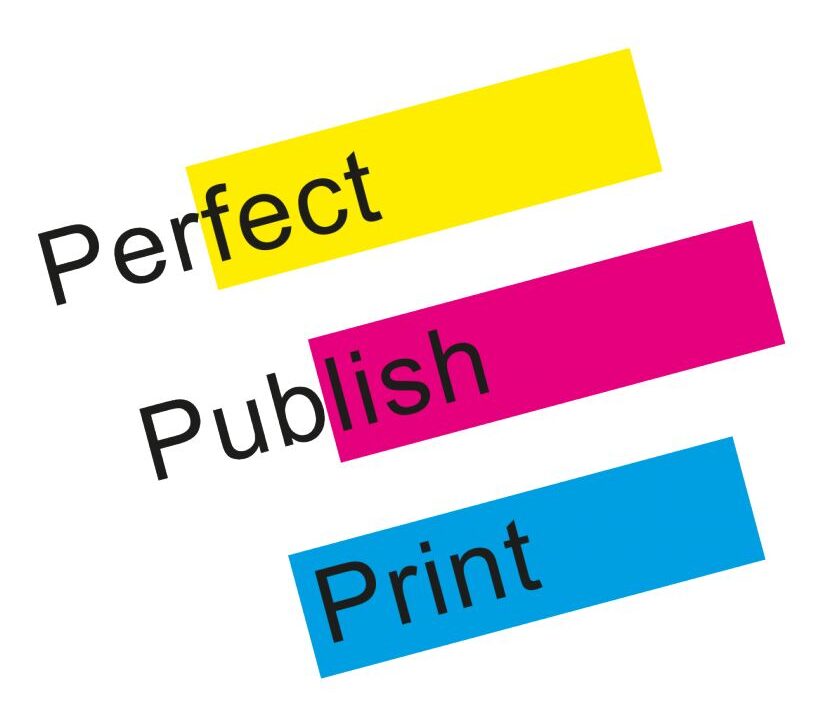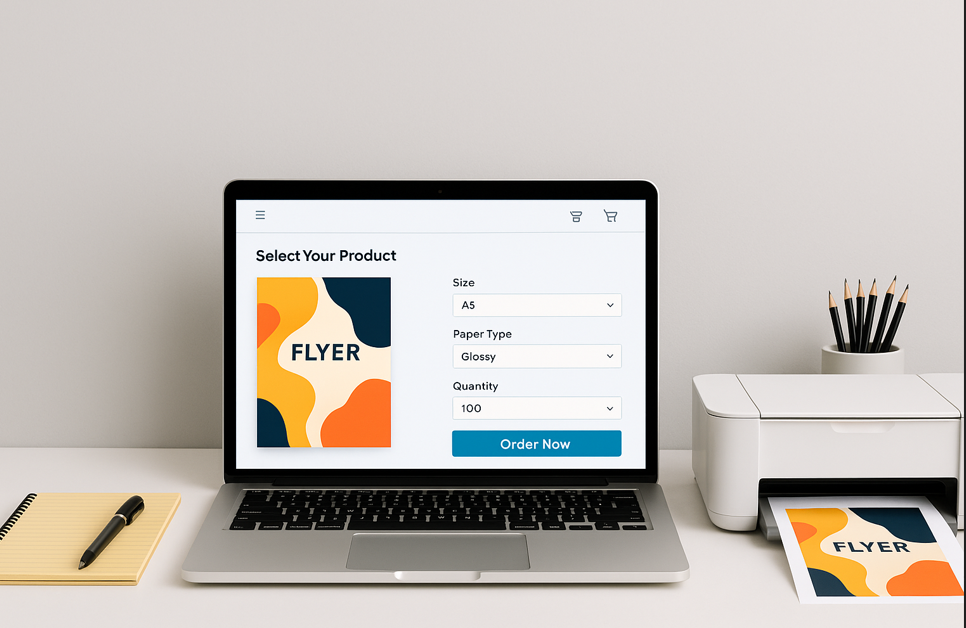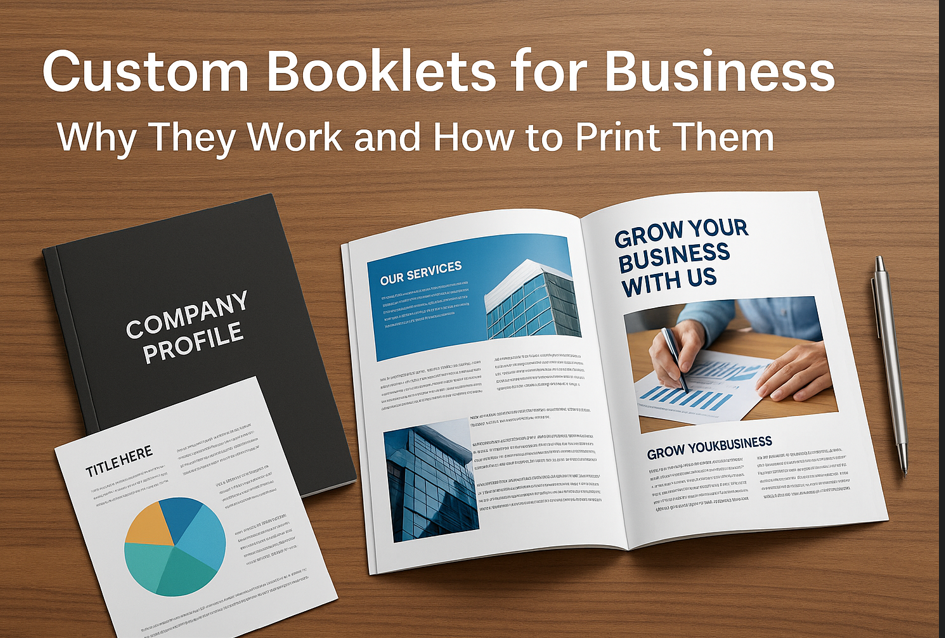在书籍印刷过程中,纸张的选择是决定最终成品质量和成本的重要因素之一。无论您是准备印刷小说、教材、摄影集,还是企业手册,选对纸张不仅能提升书籍的视觉效果和触感,还能影响印刷的整体预算。因此,了解不同纸张类型的特点及其适用场景,对于每一个准备印刷书籍的客户来说都至关重要。

1. 纸张的基本分类
通常,纸张可以按照表面处理方式、厚度(克重)以及涂层有无来分类。主要包括:
- 哑光纸(Matte Paper)
表面无光泽,手感柔和,减少反光,适合文字较多的书籍如小说和教科书。 - 光面纸(Glossy Paper)
表面光滑有光泽,色彩鲜艳,细节清晰,非常适合印刷图片丰富的摄影集或画册。 - 涂布纸(Coated Paper)
表面经过涂层处理,提升印刷效果,使色彩更鲜明且细节更清晰。 - 非涂布纸(Uncoated Paper)
无涂层,手感自然,适合需要书写或标注的书籍,如笔记本或手册。
2. 克重(GSM)与纸张厚度
GSM(Gram per Square Meter,克/平方米)是衡量纸张厚度和重量的标准,数值越大表示纸张越厚重。常见书籍纸张的克重范围大致为:
- 内页纸张:通常在70-120 GSM之间,较轻薄,适合大量文字内容,降低书籍厚度和成本。
- 封面纸张:一般使用较厚的纸张,如200-300 GSM,增加坚固感和耐用性。
选择合适的克重不仅影响书籍的耐用性,也关系到携带便利性和手感体验。
3. 不同纸张类型适合的书籍类别
| 书籍类型 | 纸张推荐 | 说明 |
|---|---|---|
| 小说、散文集 | 哑光纸,70-90 GSM | 便于阅读,减少反光,轻薄便携 |
| 教材、手册 | 非涂布纸,80-100 GSM | 便于书写和标注,耐用 |
| 摄影集、画册 | 光面涂布纸,150-200 GSM | 色彩还原好,图像清晰鲜艳 |
| 儿童图书 | 哑光或光面涂布纸,120-150 GSM | 耐用且吸引儿童注意力 |
4. 纸张对印刷效果的影响
不同纸张对油墨的吸收能力不同,直接影响印刷颜色的鲜艳度和清晰度。例如,涂布纸能够防止油墨渗透,使图片更加明亮且细节丰富;而非涂布纸则更适合纯文字类内容,避免光泽分散注意力。
此外,选择合适的纸张还可以影响书籍的翻阅感受。过薄的纸张可能透光,影响阅读体验;过厚的纸张则增加成本和书籍重量。
5. 纸张选择对成本的影响
纸张的种类和克重直接决定了印刷成本。高质量涂布纸价格较高,适合追求高端效果的印刷项目;而普通非涂布纸成本较低,适合大批量、预算有限的项目。
合理选择纸张,可以在保证印刷质量的前提下,最大限度地控制印刷成本,帮助客户获得最佳性价比。
6. 结语
总之,选择合适的纸张类型,是确保书籍印刷项目成功的关键一步。了解不同纸张的特性和适用范围,可以帮助您根据书籍内容和用途做出明智的选择,既提升读者体验,又合理控制预算。
如果您准备印刷书籍,建议与专业印刷服务商沟通,结合实际需求选择最合适的纸张方案。这样,您的书籍不仅美观耐用,也能在市场中更具竞争力。





